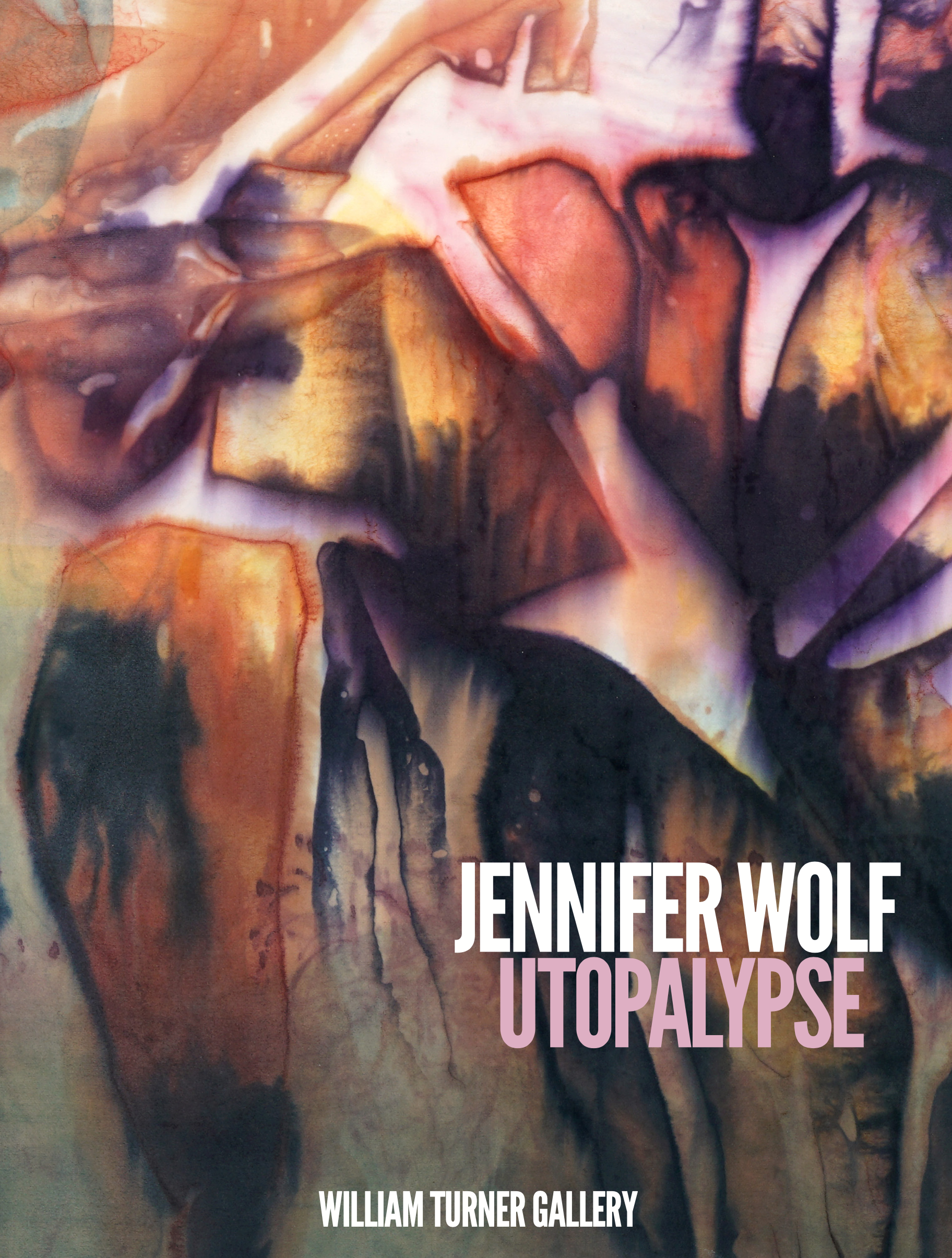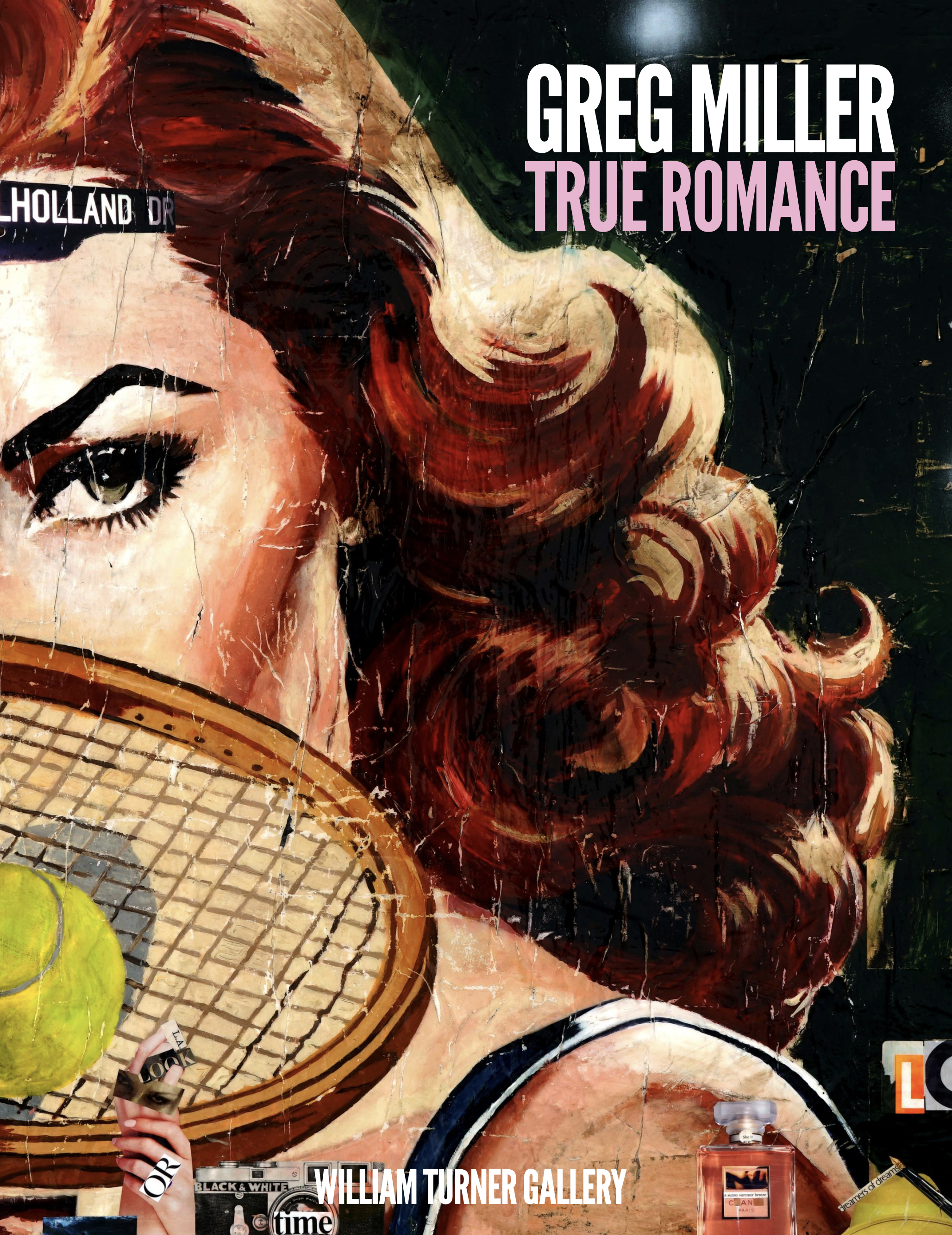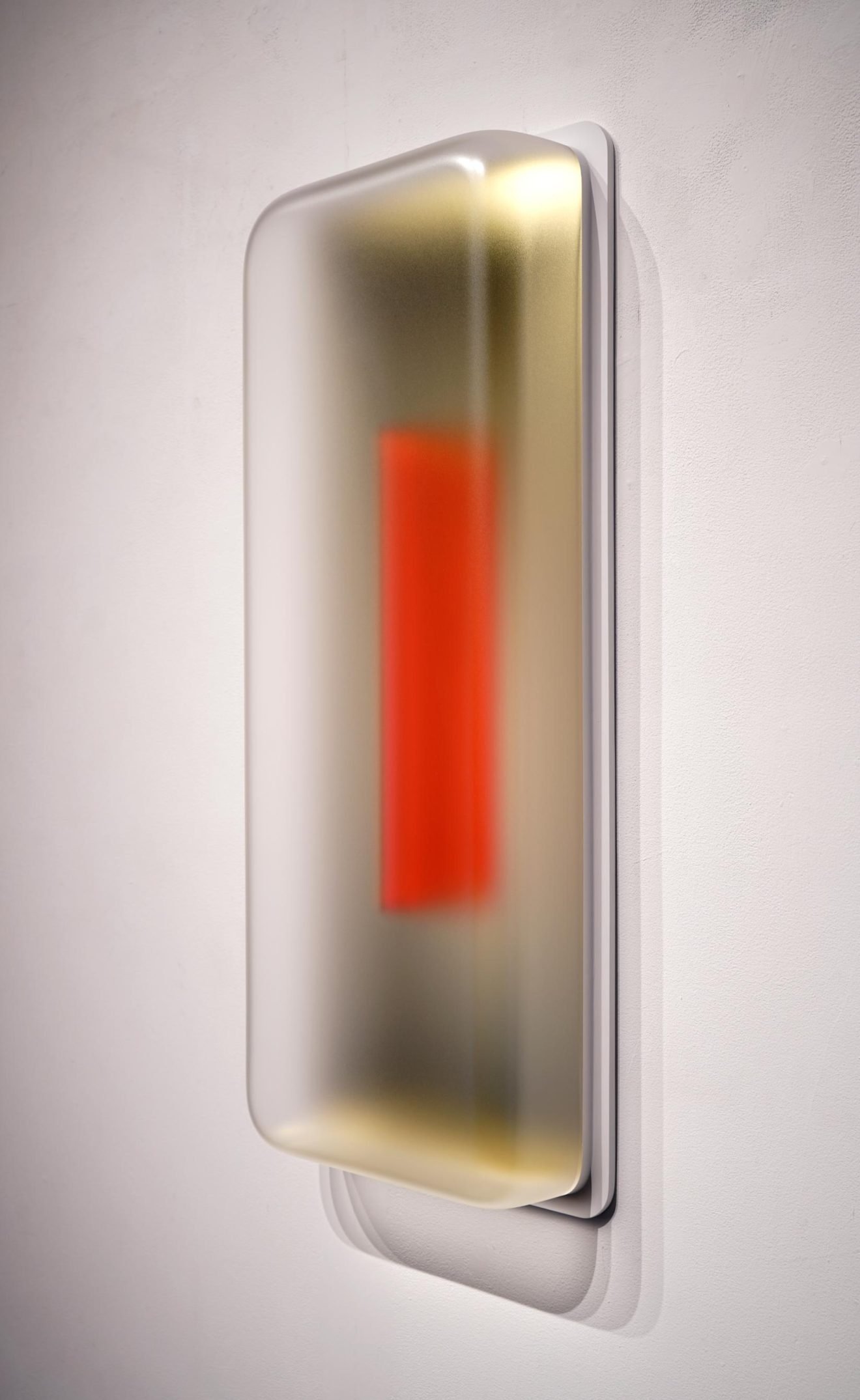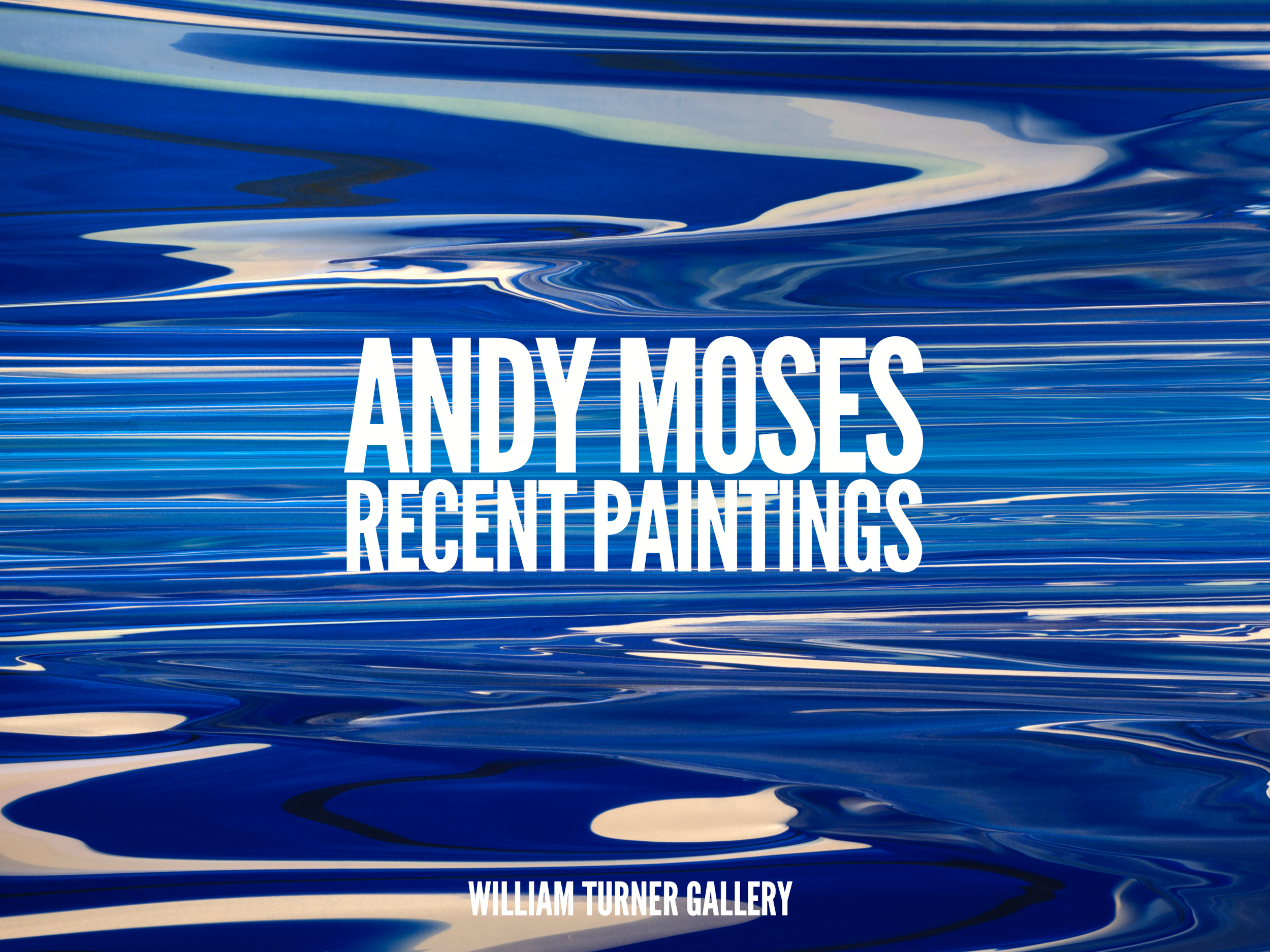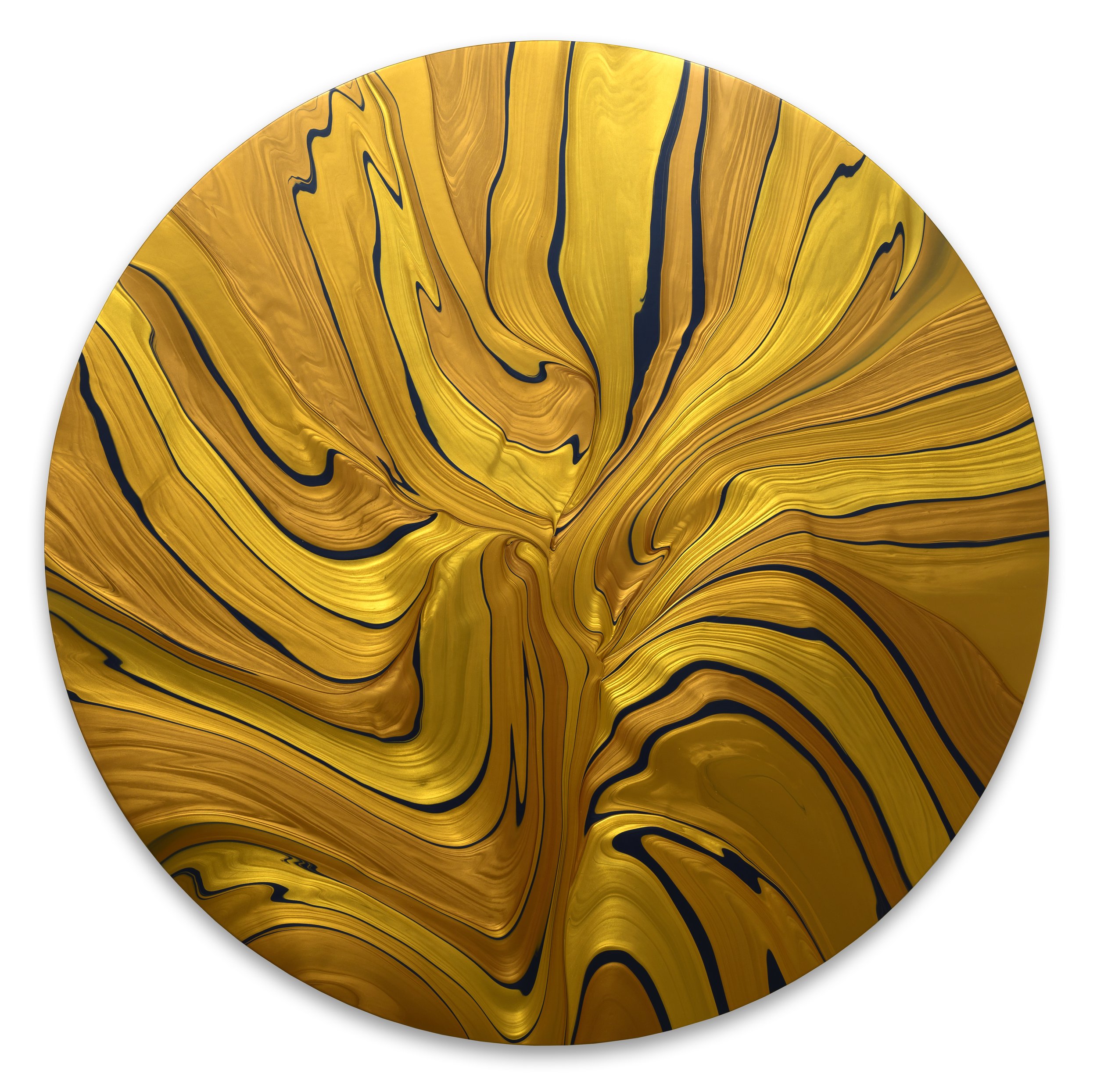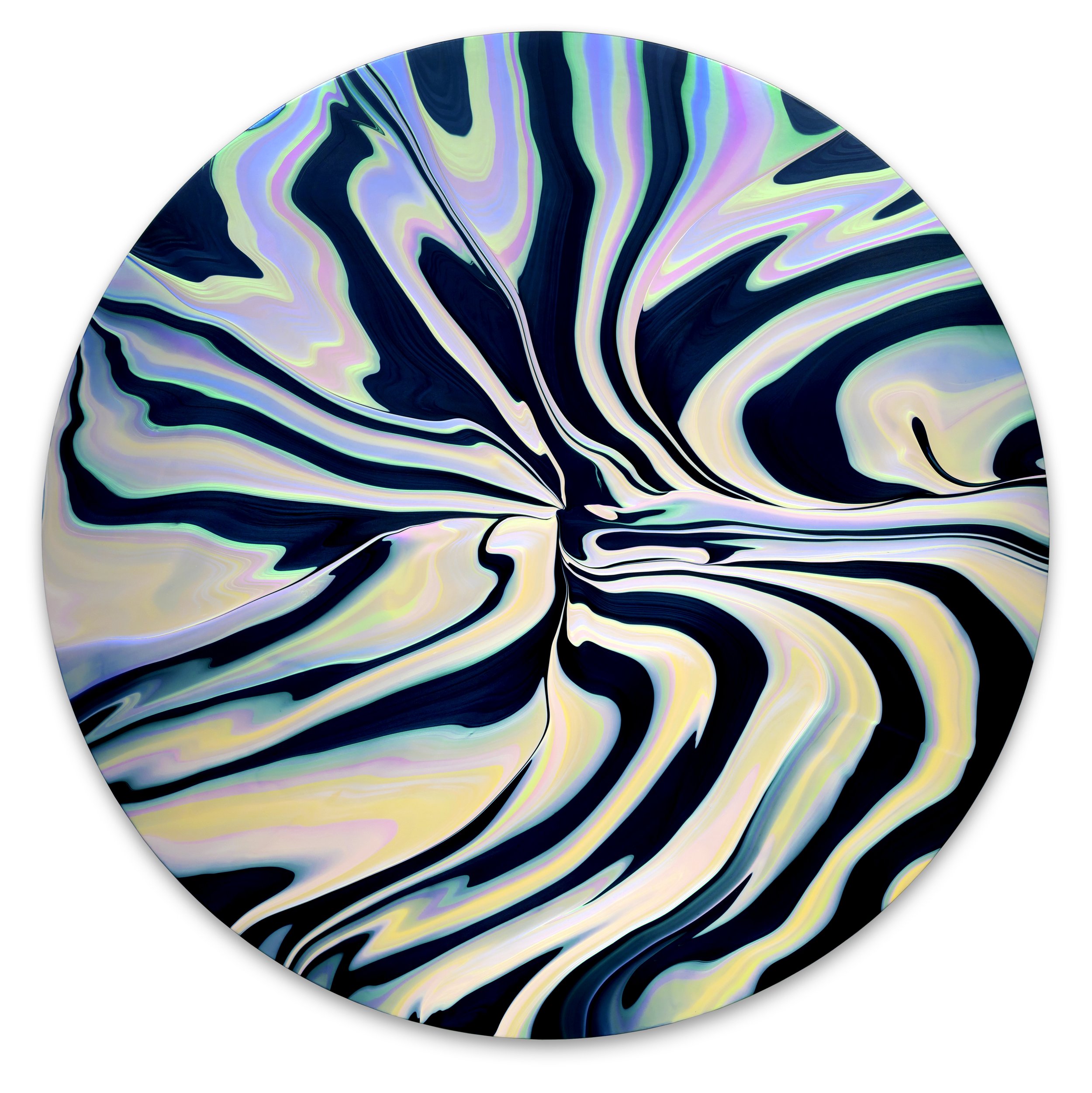GREG MILLER: True Romance - Exhibition Video
/Working in his signature blend of photorealism, gestural abstraction, and mixed-media collage, Miller constructs what might be described as visual archaeology. His compositions are not passive reflections of bygone Americana but rather active interrogations of how memory, media, and identity are constructed. Like an anthropologist of postwar culture, Miller peels back the layers of the American psyche, embedding his canvases with found texts, clipped advertisements, and iconographic symbols that shaped mid-century ideals of beauty, power, and romance.
While rooted in the seductive visual language of the 1950’s and 60’s, Miller’s work resists simple nostalgia. The cracked surfaces, distressed textures, and time-worn materials suggest not preservation but erosion—an acknowledgment that the past is as much invention as recollection. The romanticism embedded in these works—echoed in the exhibition’s title—is deliberately ambivalent, positioned somewhere between genuine longing and critical detachment.
Los Angeles, Miller’s longtime home and an enduring muse, reappears here as both setting and subject. Its palm-lined streets, glamour-soaked iconography, and ever-present mythos provide the perfect backdrop for the artist’s ongoing dialogue with American visual culture. In Miller’s hands, LA becomes a collage of its own: sexy, mysterious, dangerous.
True Romance is more than a nostalgic ode; it is a cinematic montage of American desire, loss, and reinvention. Like the pulp novels and romance comics it references, each piece in the show contains a narrative—some suggested, some obscured, all inviting exploration. In Miller’s world, nothing exists in a vacuum; every image, every word is part of a larger, layered story. And in tracing those layers, we find not just echoes of a collective past, but clues to how that past continues to shape our present.
Greg Miller (b. 1951) was born in Sacramento, California and holds a Master of Arts Degree from San Jose University. Once a long-time Venice, California resident, he currently resides in LA, CA & Austin, Texas. His work is featured in numerous museum and private collections, including those of: the San Jose Museum of Art, Newport Harbor Museum, Crocker Museum of Art, Los Angeles County Museum of Art, Laguna Art Museum, Riverside Art Museum, Frederick R. Weisman Foundation and Charles Saatchi Foundation. The Get Go, a volume of his writings, photography and paintings was published in 2010, and the first comprehensive monograph of the artist, Signs of the Nearly Actual, was published in 2009.



